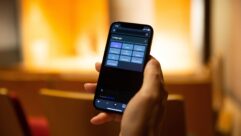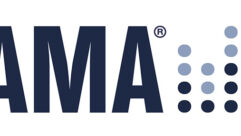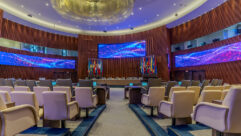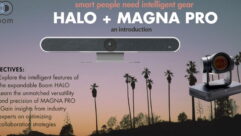
Trends in Simultaneous Interpretation
Dec 1, 2007 3:36 PM,
By Jessaca Gutierrez

Media Vision USA equipped the World Bank Executive Boardroom in Washington, D.C., with a 4x language SI system with both wired
and infrared wireless receivers.
Listen closely, and you can hear it: corporations continuing to beat the global communications drum. In recent years, the beat has changed. Less muddled and confusing, more in tempo with the fast beat of communications—in every language.
The simultaneous interpretation (SI) market is largely pursued in temporary rental installations, but the demand in that segment has grown in the last five years, says Fardad Zabetian, president of Media Vision USA. Why has it grown? “More and more business executives and political figures are getting together with various linguist backgrounds,” Zabetian says. This growth has demanded a change in the technology. Beyerdynamic introduced the SIR Infrared Simultaneous Interpretation System with up to 32 transmission channels at InfoComm. At last year’s ISE show, Taiden showed its new 64-channel simultaneous interpretation system, the HCS-4100. Media Vision installed the new system in the State of Connecticut Legislative office buildings and in the World Bank in Washington, D.C., and its overseas offices last year.
For those integrators looking to add SI to their offering, Zabetian says that integrators can expect more product options and features such as relay, as well as more U.S.-based support. “Most Asian and European vendors have a strong presence in the U.S. market. They are also adopting their solutions to the U.S. market, understanding that offering a bilingual simple solution might have more demands,” Zabetian says. To that end, companies are focusing on ease of use for interpreters who don’t want to have to understand the technology behind their work when the big task in front of them is to process what’s being said and relay that information quickly and succinctly— in another language. So neither language nor the technology should be a barrier.
Beyond channel assets, relay can be one of the most important features. “Interpreters who are not quite familiar with the floor channel, which is the channel being used as the main language, can listen to another interpreter and translate in realtime,” he says. For example, if the language being presented on the floor is in French, the relay allows that language to be interpreted from French and English interpreter to an English and Spanish interpreter to Spanish.
Post 9/11, security is at its height. In the age of wireless, information isn’t hard to retrieve, which could raise some concern for those conducting confidential meetings. Zebetian points to infrared language interpretation systems for wireless. “The infrared technology, especially the ones in Band 4 frequency, operate fully immune against radio frequency devices, as well as high-frequency lamps,” he says.
Although the market is pretty cut and dry, it’s not without it’s challenges. For example, Media Vision has been busy replacing old system with its Taiden 64-channel system. “The challenging part is building custom plates to fit to the existing cutouts in the furniture to match the furniture. We have been providing interpretation solutions in brass or stainless finishings. The other challenge is the learning curve for end uers with new technology.”










